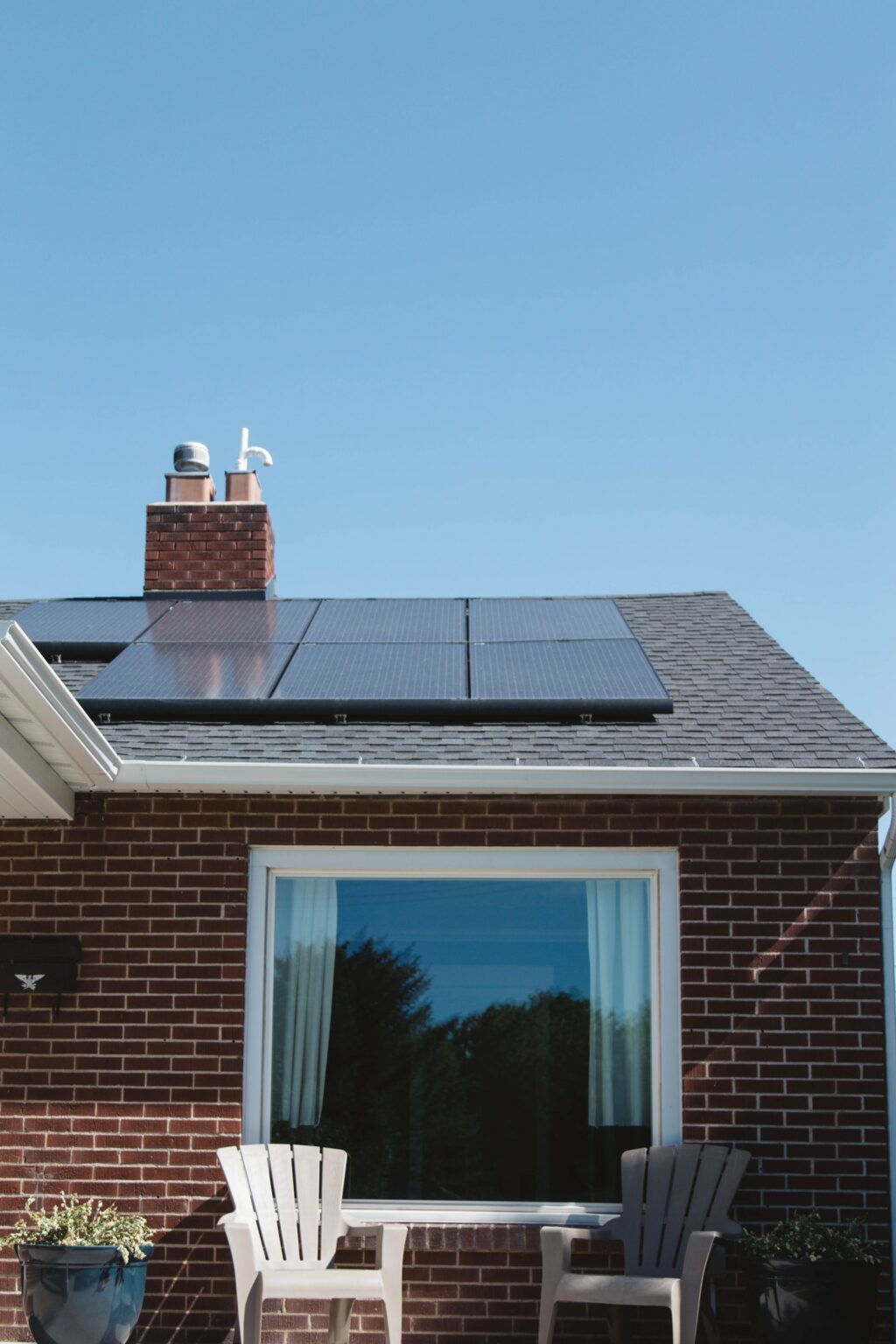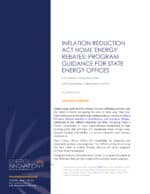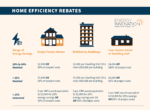Buildings are one of the United States’ largest sources of greenhouse gases, directly contributing 13 percent of the country’s total carbon pollution. But current plans to cut these emissions consist of a patchwork of state, utility, and local initiatives. To bridge those gaps, the Inflation Reduction Act allocated nearly $9 billion for new incentives through programs like Home Efficiency Rebates and Home Electrification and Appliance Rebates. These empower states to make unprecedented investments in their building stock to help households lower energy costs, make housing more affordable, improve indoor air quality, cut carbon emissions, and enhance social equity. New Energy Innovation research provides a blueprint for state energy offices to maximize the effectiveness of these IRA funds, based on best practices and lessons learned from across the U.S.
Our report highlights program design features that can help states target low-to-moderate income households, multifamily housing, and other underserved markets. Beyond design principles, the report also includes recommendations for state policymakers and regulators to consider as these IRA programs are implemented to maximize their impact on the building sector and benefit more households.



